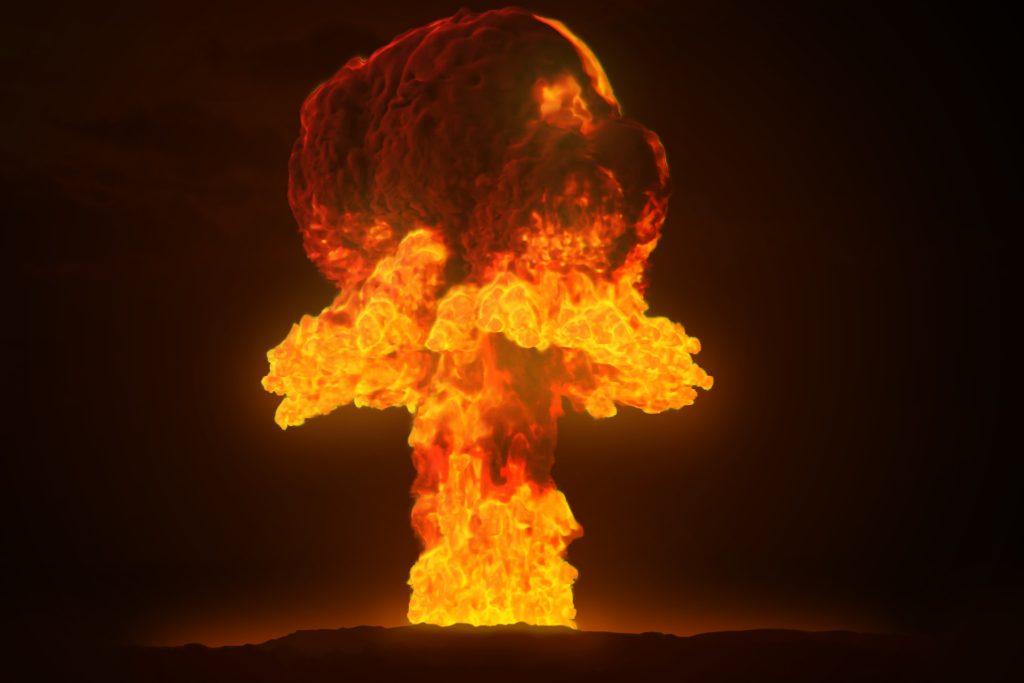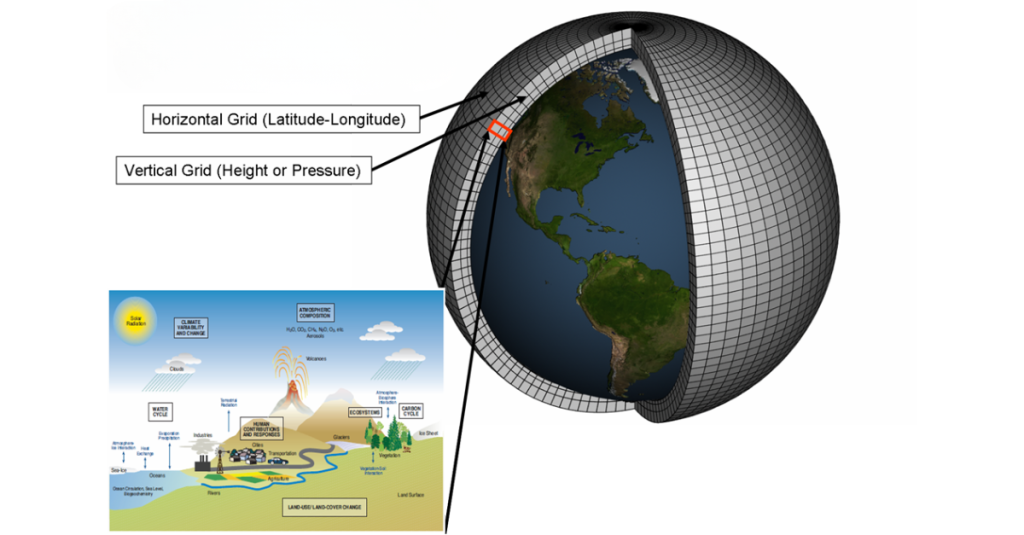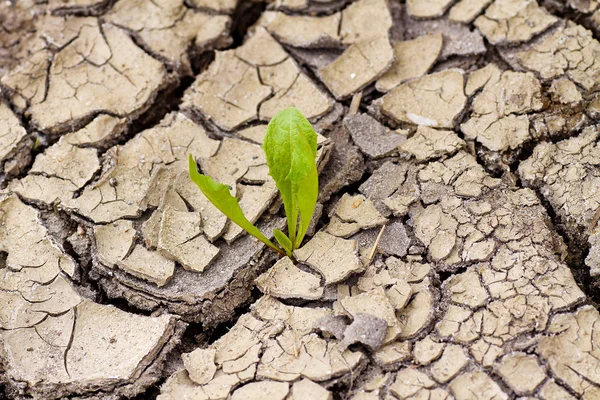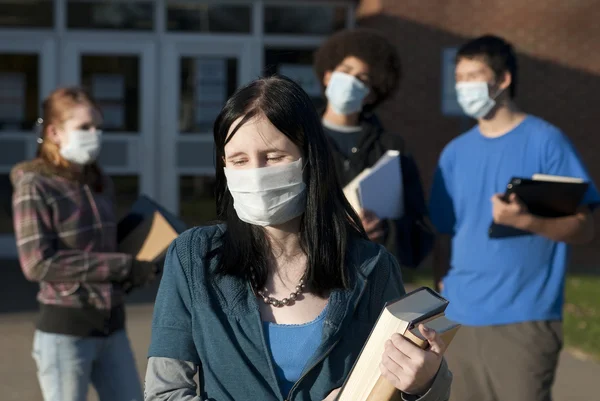
It’s a bold claim from someone who’s invested billions into fighting global warming: Bill Gates now insists that climate change won’t be the force that ends humanity. While he realizes it is going to hit the most vulnerable populations hardest, Gates believes people will “be able to live and thrive in most places on Earth for the foreseeable future.” Yet, experts warn of other threats-faster, fiercer, and far less forgiving-potentially pushing civilization over the edge long before rising seas or scorching heatwaves do.

1. The Most Immediate Threat: Nuclear War
Dr Rhys Crilley from the University of Glasgow does not mince words: nuclear war could “end civilisation in the space of a few hours.” Unlike climate change’s slow burn, nuclear weapons deliver instant devastation. And history shows we’ve come perilously close before. In 1980, a computer glitch convinced US officials that 2,200 Soviet missiles were inbound. In 1983, Soviet officer Stanislav Petrov defied protocol, suspecting a false alarm when satellites reported five American missiles. Both incidents were near misses proof that luck has played a dangerous role in our survival.

Modern climatic models now show that even a “small” nuclear exchange say, 100 warheads would plunge the planet into a nuclear little ice age, cooling Earth up to 10˚C for nearly a decade. Agriculture would collapse, and two billion people would die from starvation within two years. With more than 12,000 warheads in the world’s arsenals, a large-scale conflict could be an extinction event.

2. The Silent Multiplier: Climate Change’s Geopolitical Fallout
While Gates minimizes climate change as a direct driver of extinction, scholars like Dr SJ Beard warn that it can play a catalytic role in exacerbating other risks. Extreme droughts, flooding, and storms will put pressure on food supplies, cause mass migration, and destabilize geopolitics. Where nuclear-armed states already experience friction, climate-induced crises could heighten the chances of a miscalculation-and escalation. According to Dr Crilley, climate change can “heighten tensions between nuclear-armed states,” thus creating the perfect storm for disaster.

3. Engineered Bioweapons: The AI Factor
Since 1973, when the first genetically modified bacteria came into being, the capabilities of biotechnology have exploded. Now, AI is accelerating. Large Language Models and Biological Design Tools can democratize access to advanced bioengineering-a lower barrier means better access for malicious actors. According to experts, future AI-assisted systems may be able to design superviruses that combine the rapid spread of measles, the lethality of smallpox, and the stealthy incubation of HIV.

Man-made pandemics could be engineered “specifically to maximise effectiveness, in a way that doesn’t occur in nature”, warns Otto Barten of the Existential Risk Observatory. Accidental leaks from research labs might also trigger outbreaks far deadlier than COVID-19.

4. Lessons from History’s Deadliest Diseases
Pandemics have brought down societies before: the Black Death killed off more than a quarter of Europe’s population, while smallpox killed hundreds of millions in the 20th century. In rare instances, diseases have wiped out species altogether. Today, the possibilities of CRISPR and synthetic genomics further raise the possibility for treatment-resistant pathogens, those genetically targeted at specific populations, or the destruction of crops-especially those staple to food security in different parts of the world-which could destabilize global systems.

5. The Cost of Complacency
According to the philosopher Toby Ord, there is a one-in-six chance of all existential risks put together wiping out human potential within this century. As he says, protecting the future of humanity is “the defining challenge of our time.” Still, the biosecurity budget remains minuscule in comparison with what it ought to be. According to RAND research, AI amplifies biothreats in ways that demand proactive regulation, transparency in biotechnology, and international cooperation.

6. Psychological Resilience in the Face of Doom
Confronting these risks can be overwhelming. Experts in the field of existential risk psychology recommend managing anxiety by paying attention to what one can do, having informed discussions, and advocating for policies that reduce vulnerabilities. Historical near misses like Petrov’s decision in 1983 remind us that it is individual choices which might alter the course of history. Staying calm and well-informed isn’t just self-care; it’s part of collective resilience.

7. Preparing for the Unthinkable
Agricultural scientists propose “resilience kits” stocked with seeds of fast-growing, cold-tolerant crops to help sustain food production during a nuclear winter or other calamitous climate disruptions. This could buy some time while the infrastructure gets rebuilt, and preparedness must span both natural and human-made catastrophes. Ultimately, Gates’ reframing of the climate debate forces a broader conversation: if the end doesn’t come by rising seas, what will bring it? The answer may be in how humanity handles its most dangerous creations and whether it can summon the will to act before those creations act for us.


